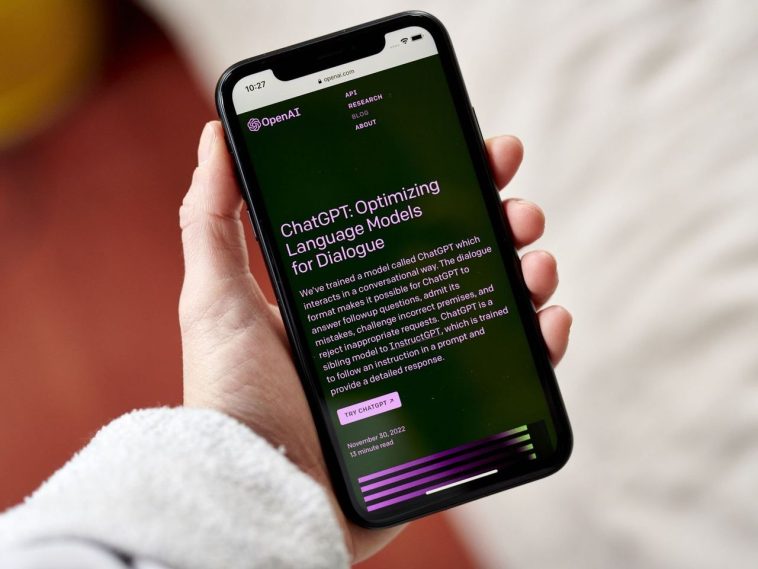Introduction
Let’s be honest—newsletters don’t always have the best reputation. They fill up inboxes, often feel like spam, and sometimes they don’t even get opened. But here’s the thing: newsletters aren’t going anywhere.
They’re still one of the best ways to connect with your audience. The challenge? Making them worth reading.
That’s where ChatGPT comes in. It’s a tool that can help you craft newsletters that feel more personal, engaging, and, most importantly, useful. I’m not talking about throwing in a bunch of random AI-generated text and hoping it works.
I mean using the right prompts to get ChatGPT to create something that connects with readers on a human level.
In this post, I’ll walk you through five simple prompts you can use with ChatGPT to make newsletters your audience wants to read.
Why Should You Care About Your Newsletter?
Email is still one of the most powerful communication tools out there. According to Statista, around 4.6 billion people are expected to use email by 2025.
And people still read emails. A report from Campaign Monitor shows the average email open rate across industries is around 21.5%.
That’s not bad! But it also means nearly 80% of emails are ignored. If you’re putting time into writing a newsletter, you want it to be one of the few that people open, read, and even look forward to.
The secret? Content that feels relevant, valuable, and easy to read. AI like ChatGPT can help with all of that—if you know how to ask the right questions.
1. Prompt: “Summarize this topic in 3 short, engaging sentences.”
Why it works:
People’s attention spans are short. Your readers don’t want to sift through paragraphs of information to figure out what you’re trying to say. Starting with a punchy summary at the top of your newsletter grabs their attention right away.
How to use it:
Let’s say you’re writing a newsletter about a new product feature. Instead of a long explanation, ask ChatGPT:
“Summarize the key benefits of this feature in 3 engaging sentences.”
Example output:
“Introducing [Feature Name]: a smarter way to manage your tasks. Save time, stay organized, and never miss a deadline again. Ready to boost your productivity?”
Quick, clear, and makes the reader want to learn more.
2. Prompt: “Write a friendly, personal introduction about [topic].”
Why it works:
Newsletters feel more personal when they start with a conversational tone. People like to feel like they’re reading something from a real person, not a faceless brand.
How to use it:
If you’re announcing a new service or event, ask ChatGPT:
“Write a friendly introduction for a newsletter about [event or service].”
Example output:
“Hope you’re doing well! I’ve got something exciting to share with you today. We’ve just launched [new service], and it’s designed to make your life a little easier.”
Now your newsletter feels more like a personal note and less like a marketing email.
3. Prompt: “List 5 tips to solve [problem or challenge].”
Why it works:
People love lists. They’re easy to read, straight to the point, and provide instant value. If your newsletter can help solve a problem for your readers, they’re more likely to keep coming back.
How to use it:
Imagine your audience struggles with time management. You can ask ChatGPT:
“List 5 simple tips to improve time management.”
Example output:
- Prioritize your tasks based on urgency.
- Use a to-do list to stay on track.
- Block out distractions during focus time.
- Take regular breaks to avoid burnout.
- Review your progress at the end of each day.
This kind of content is easy to scan and packed with value.
4. Prompt: “Create a compelling call-to-action for [goal].”
Why it works:
A newsletter without a call-to-action (CTA) is like a conversation with no next step. Whether it’s clicking a link, signing up for an event, or replying to an email, your readers need a clear direction.
How to use it:
If you want people to sign up for a webinar, you could ask ChatGPT:
“Write a CTA encouraging readers to register for a webinar on [topic].”
Example output:
“Ready to learn more? Join us for a live webinar on [topic] and discover actionable tips you can start using right away. Reserve your spot today!”
It’s clear, and inviting, and tells the reader exactly what to do next.
5. Prompt: “Rewrite this text to make it sound more conversational and engaging.”
Why it works:
Sometimes your draft might feel a little too formal or stiff. ChatGPT can help you loosen it up and make it sound more natural.
How to use it:
If your original text sounds something like:
“Our company is pleased to announce the launch of our new product.”
You can ask ChatGPT:
“Rewrite this to make it sound more engaging and conversational.”
Example output:
“We’re excited to share some great news! Our new product is finally here, and we can’t wait for you to check it out.”
This version feels more human and less robotic.
Additional Tips for Great Newsletters
While these prompts can help, here are a few extra things to keep in mind:
- Know your audience: Think about what they care about and what problems they need to be solved.
- Keep it short: People are busy. Get to the point quickly.
- Add value: Every newsletter should offer something useful, whether it’s a tip, a resource, or an update.
FAQs
1. Can I use ChatGPT to write the entire newsletter?
Yes, but it’s best to guide it with specific prompts. ChatGPT is a tool, not a replacement for your voice or creativity. Use it to handle the heavy lifting, then tweak the output to fit your style.
2. How often should I send newsletters?
It depends on your audience. Some prefer weekly updates, while others might only want a monthly email. Test different frequencies and see what works best.
3. How do I know if my newsletter is working?
Track your open rates, click-through rates, and unsubscribe rates. If your engagement is low, try experimenting with different content, subject lines, or sending times.
Conclusion
Writing a newsletter that people actually want to read isn’t as hard as it seems, especially with a little help from ChatGPT. By using the right prompts, you can create content that’s engaging, valuable, and fun to read.
What’s one thing you wish more newsletters did better? Let me know!





GIPHY App Key not set. Please check settings